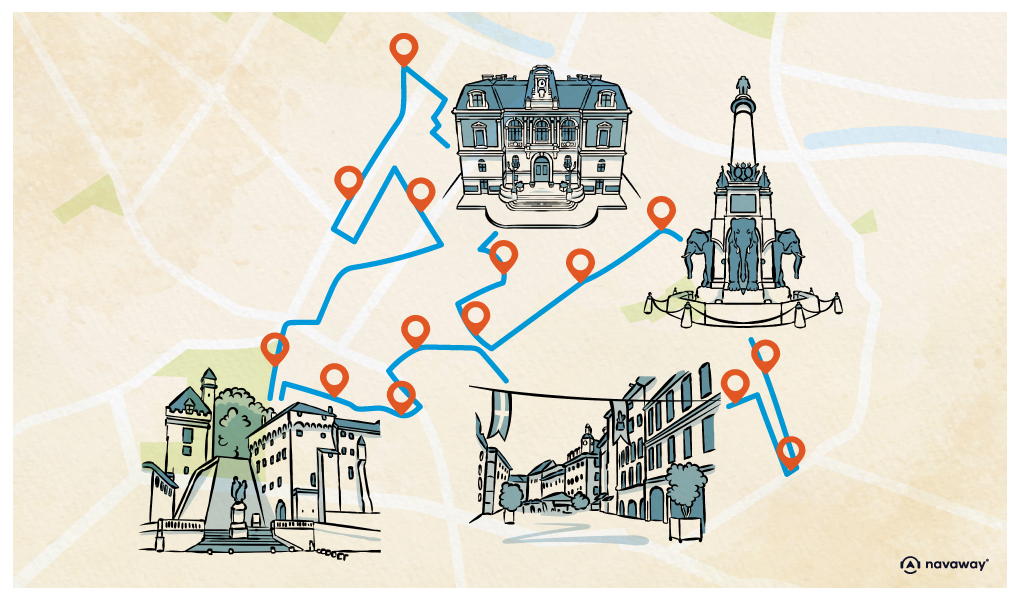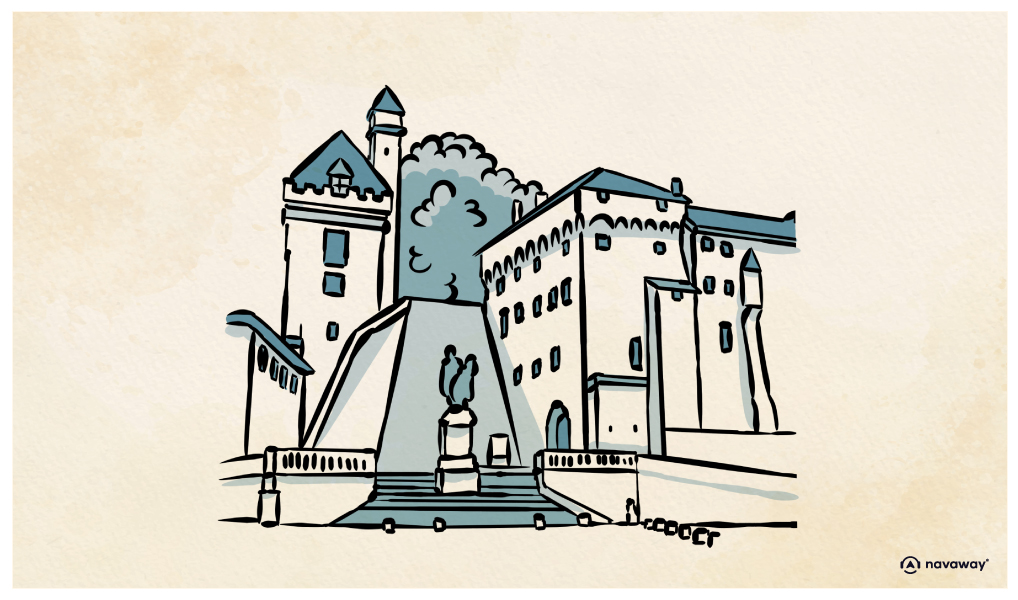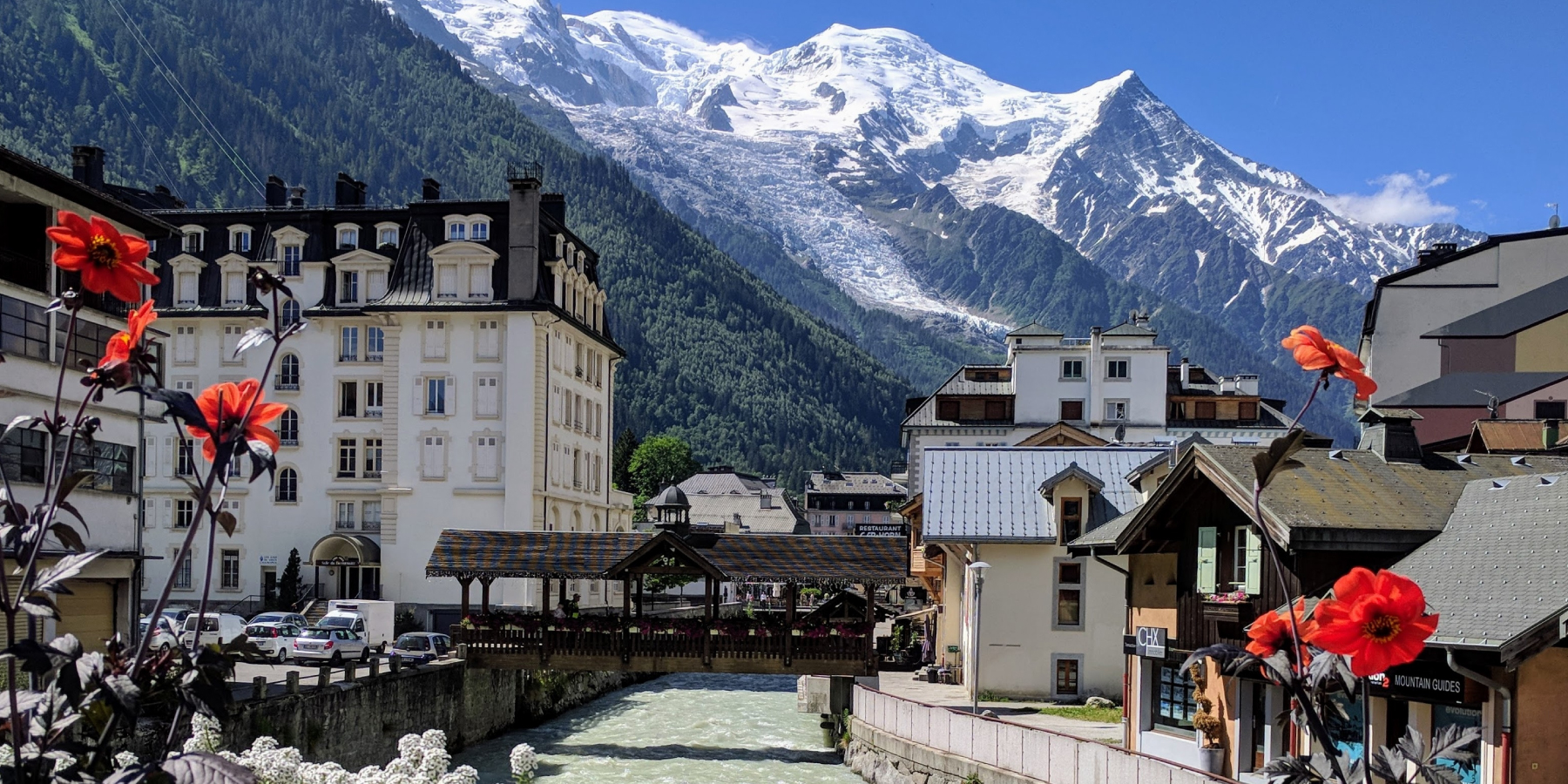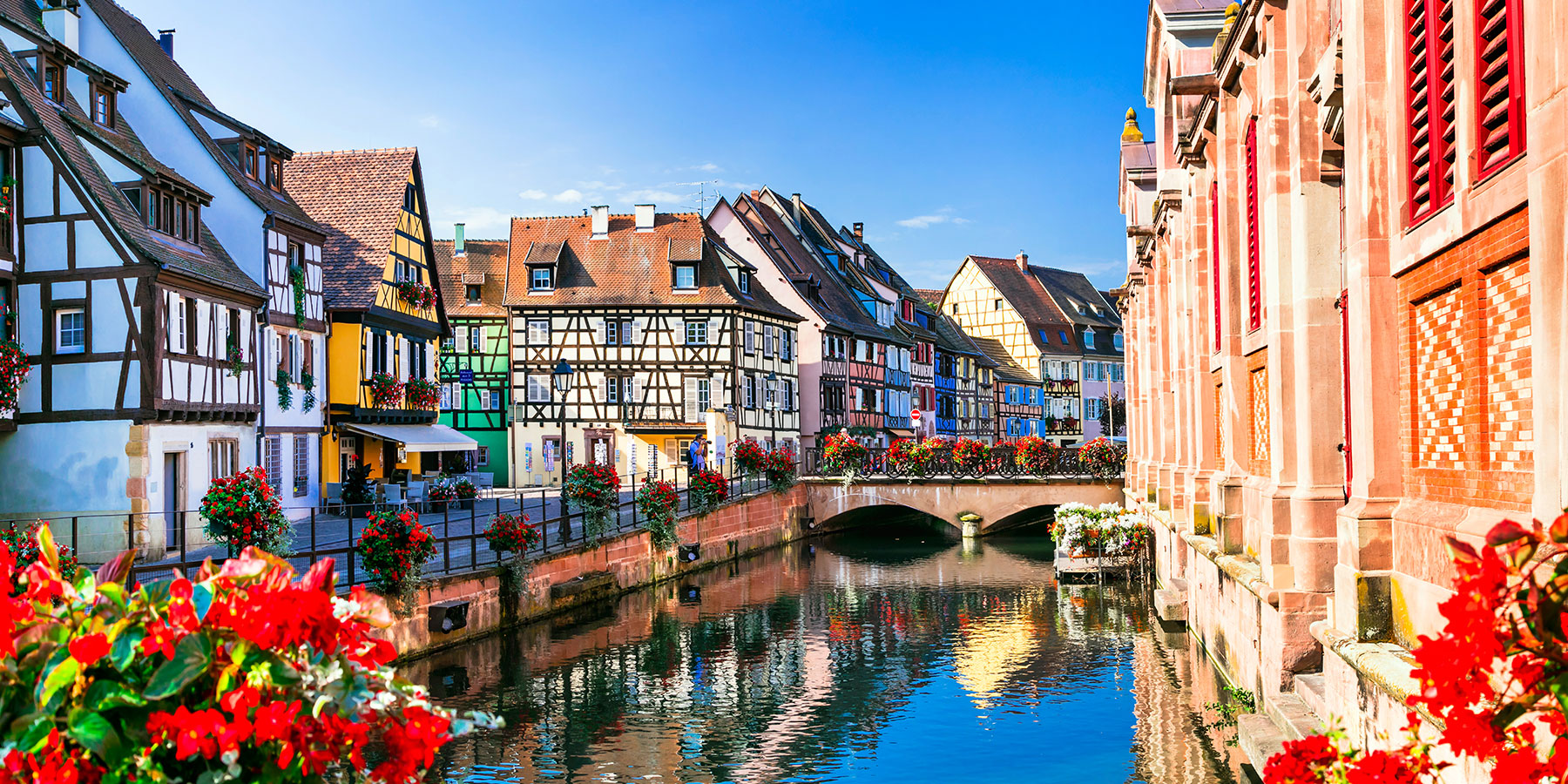
Chambéry Castle

This point of interest is available as audio on the tour: Visit Chambéry, The historic capital of Savoy
Here you are, where it all began, at the crossroads that, since antiquity, allowed control over the ancient Roman road connecting Vienne to Italy and then to the cities of Lyon, Grenoble, Annecy, or Geneva. All these roads converge through Chambéry before crossing Alpine passes. All armies must pass through here before invading Italy. This is why the lords of Chambéry built a first fortress here in the 11th century. Over time, the lords became counts, and on February 19, 1416, Amadeus VIII, Count of Savoy, Aosta, and Maurienne, became a duke. It might not seem like much, but this changed everything. His lands gained independence and became the Duchy of Savoy, stretching from Berne in Switzerland to Nice, nowadays in France. However upon reaching Lyon, the Savoyards quickly understood that their expansion would not be possible in that direction and that they would rather need to look on the other side of the Alps. This is why in the 16th century, the Dukes of Savoy left Chambéry and moved their capital to Turin. After this relocation, the castle remained a ducal residence and an administrative seat housing the Chamber of Accounts, accessible to your right, the Government of Savoy, and the General Intendency. During the Annexation to France, the castle surrendered to the departments of Savoy and was entirely refurbished by Napoleon III. Then, in 1890, it became the seat of the prefecture, the departmental council, and the Academy of Savoy. You can enter the former Chamber of Accounts to attend the free exhibition titled: “The Castle, Savoy, Ten Centuries of History.” This also gives you access to a small courtyard adjacent to the Holy Chapel. Should you want to take a tour of the castle, this is also where you will find the necessary information.


Discover Chambéry with app
An interactive guide through the most beautiful streets, squares, and districts
23 fun audioguides full of historical facts, anecdotes, and legends





Comments